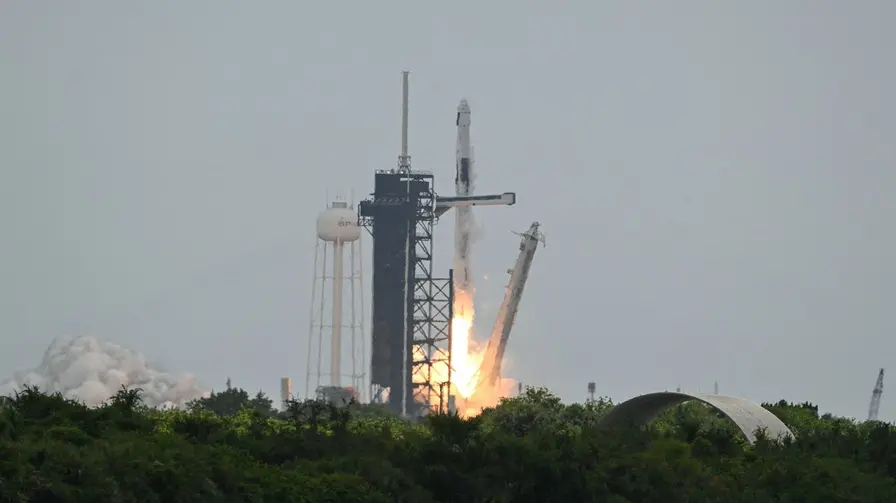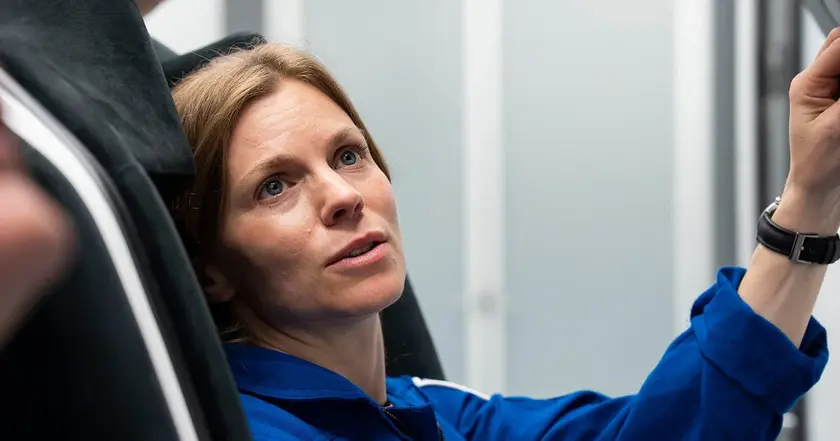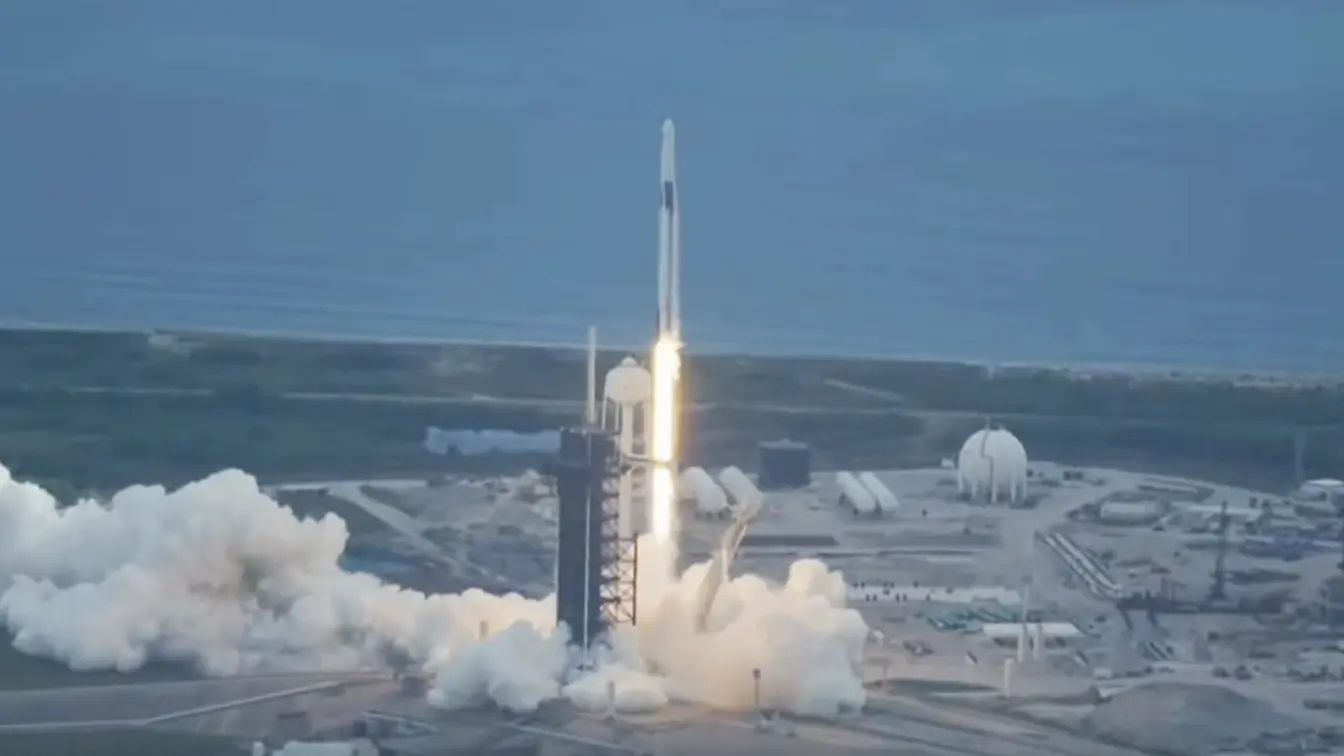T4K3.news
SpaceX Dragon footage fuels round Earth discussion
A SpaceX Fram2 video of Dragon in polar orbit prompts public debate about Earth shape and science literacy.

The Fram2 video prompts a public discussion about Earth shape and how science is explained online.
SpaceX Dragon footage confirms Earth is round amid online chatter
SpaceX carried the Fram2 mission into orbit on April 1 from Launch Complex 39A at Kennedy Space Center in Florida. A Falcon 9 rocket lofted the Dragon spacecraft on a polar orbit, and SpaceX later released video showing the Dragon passing over the globe and crossing the Karman line, the boundary between Earth's atmosphere and space. In a separate post, SpaceX noted what it described as the first views of Earth's polar regions from Dragon, while Don Pettit commented on Twitter that the craft was orbiting across Europe into Asia. Social media users reacted with a mix of awe and skepticism, with some joking about the planet being round and others arguing the clip is fake. Elon Musk responded that the video is real, attempting to curb misinformation amid a wider online discussion that also touched on historical flat earth beliefs.
The discussion illustrates how viral space imagery can spark curiosity while inviting incorrect interpretations. Some comments questioned visual cues such as stars in the background or the Sun's position, revealing gaps in science literacy. The episode highlights the need for clear context when sharing space footage and the role of credible explanations to counter misinformation as clips travel rapidly online.
Key Takeaways
"This is a real video."
Musk denying fake claims about the Dragon footage.
"Dragon orbiting across Europe into Asia."
Don Pettit's tweet cited in coverage of the clip.
"Now I realize that is one of the most biased positions you can take"
Jeran Campanella reflecting on his Antarctic journey and belief shift.
Space imagery often becomes a quick lightning rod for belief and doubt. This episode shows that even factual clips can be misread when audiences lack background in orbital dynamics. The risk is not just misinformation, but a broader erosion of trust in science when context is missing. For space agencies and science communicators, the lesson is simple: pair striking visuals with plain language explanations, disclose limits of a single frame, and invite experts to interpret what viewers see. In a media landscape that rewards immediacy, careful storytelling is a public service that protects science from being reduced to a rumor mill.
Highlights
- Reality travels faster than myths
- Evidence travels at orbital speed
- Science needs context not clickbait
- Curiosity is fine misinformation is not
Public reaction to space footage raises misinformation risk
The viral clip of Dragon in polar orbit has sparked both curiosity and misinformation. The story underscores how quickly online audiences can misinterpret visuals without sufficient context, potentially shaping public understanding of science. This creates a need for clearer explanations from SpaceX and reliable verification from credible scientists.
As more clips emerge, expect demands for better explanations and more transparent data sharing.
Enjoyed this? Let your friends know!
Related News

Crew-11 mission launches successfully from Florida

Capitol presence links Trump pick to January 6

NASA set to launch Crew Dragon mission

NASA plans to cut 20% of its workforce

SpaceX launches Crew-11 astronauts to ISS

Gen Z seeks private market access

Marvel Unveils Easter Eggs in Fantastic Four: First Steps

Boeing's Starliner Delayed Until 2026
